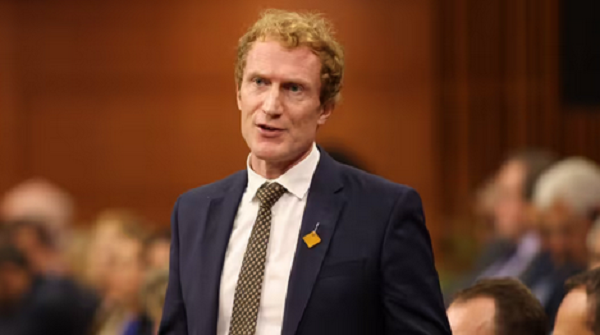Homeless Torontonians dying younger compared to the general population and the number keeps increasing
Losing the roof over your head could reduce your lifespan by 17 years.
That’s the takeaway from a new study published Friday, which warns that the gap between life expectancies for housed versus homeless Torontonians has only been growing, and is especially pronounced for younger generations.
It’s a gap that persists even after accounting for the outsized toll of substance use and other mental health-related challenges within the city’s homeless population, said researcher Lucie Richard with Unity Health’s MAP Centre for Urban Health Solutions.
“Although it does explain a good chunk of the disparities in mortality, it doesn’t remove them,” Richards said in an interview. “The group experiencing homelessness (still) had more than twice the risk of death.”
The study, involving researchers from Toronto, London and Hamilton, followed 640 people from Toronto’s shelters and one street encampment over one year. Each participant was matched based on their age, sex and a score of overall sickness with two comparison groups — one general population group, and another made up of residents of Toronto’s lowest-income neighbourhoods.
Over the ensuing year, 17 participants died while homeless across Toronto. Compared with deaths of participants who had stable housing, with the study finding “no significant difference” between the low-income neighbourhood residents and the general population group, the average person who died while homeless was 17 years younger.
While the researchers were limited in their findings due to an inability to access official cause-of-death data — relying instead on a person’s medical history and stated health conditions to draw its conclusions — Richard pointed to a sweep of risks that increase when someone doesn’t have housing, from environmental exposure to an increased risk of being a victim to violence.
Their findings come as Toronto Public Health data on 150 deaths among the city’s homeless population in 2023 — which TPH says is an undercount — found the average age of death for homeless men was 54, compared with an expected 78 years in the overall population. For homeless women, the average age of death last year was 48 years old, compared with 85 in the overall population.
To Richard, one of the study’s more jarring conclusions was that the mortality gap wasn’t concentrated to those who faced homelessness in their older years — in fact, it was most pronounced at younger ages. While the study observed zero deaths among housed participants between the ages of 16 and 25, there were a number of deaths in that range among the homeless cohort.
“It’s very upsetting,” Richard said.
While the researchers observed some deaths among the housed participants between age 25 and 44, the contrast against the death rate for homeless participants was stark. Those living in shelters or an encampment were found to have 16 times the mortality risk of their counterparts with stable housing, before adjusting for the impact of mental illness and substance use disorders.
To Richard, the study’s conclusions suggest a significant worsening of Toronto’s housed-versus-unhoused morality gap when compared with past research conducted in Toronto using data from the 1990s.
One potential factor, in her view, is the rise in chronic homelessness: those for whom homelessness isn’t a brief emergency but a prolonged cycle of shelters and street involvement. In June, city data shows that 70.7 per cent of the city’s known homeless population — now more than 10,600 people — are considered chronically homeless, versus 47.8 per cent three years earlier.
While the most effective intervention was preventing homelessness entirely by broadening the availability of affordable and permanent housing, Richard also urged interventions to prevent homelessness from becoming entrenched as well as more low-barrier methods of accessing health care, such as community health centres.
While some inequality in life expectancies wasn’t unexpected, she called the severity of their findings unfortunate. “We were hoping for some sort of moving of the needle, but no. If it moved, it moved in the wrong direction,” she said.
This article was first reported by The Star













